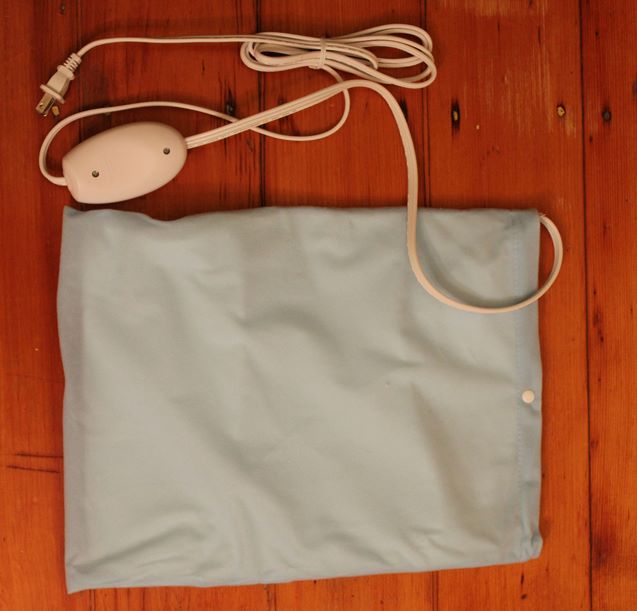
The most efficient products for heat therapy are the ones that can retain their heat at the right temperature. In most cases, “warm” is the preferred temperature for heat therapy. Patients should not use heat sources that are too hot to burn their skins. The desired effect for this kind of therapy is for the heat to get into the muscle. Just increasing the skin’s temperature will not do much to remedy the pain.
Heat therapy is an effective technique that has been used to treat different kinds of body pains. The most common ones include:
Acute Soreness from over-exertion
This is the kind of pain you undergo after the first ski tour. Interestingly, heat therapy is probably the only remedy for treating this kind of pain. Applying heat to your neck, joints, and muscles. Using the right heating pads alleviates pain and enhances blood circulation to different areas of your body, thus reducing the pain. Boosting the flow of blood to an area that pains will also help to remedy the buildup of lactic acid waste that contributes to pain.
Stiffness and Pain
Stiffness in certain areas related to muscle “knots,” osteoarthritis, and most kinds of spasm or cramping (neuropathic, menstrual, restless leg syndrome, and stiffness from postural strain) can be remedied using heat therapy. However, you should avoid using heat therapy on cramps resulting from heat exhaustion. You can also use the heating pads for back pain as these are suitable for retaining temperatures within the required levels.
Diverticulitis
Diverticulitis is a condition that takes place when pouches occur in the colon walls. If the pouches are infected or inflamed, the condition is referred to as diverticulitis and can be extremely painful. The treatment for Diverticulitis depends on how serious the symptoms are. Your physician may advise you to take liquid material at first before returning to solid food. You can also use prescriptions from your doctor to remedy the situation. However, for mild belly pain and cramps, you can use a heating pad. The temperatures need to be warm and not hot when placing the pad on your belly.
When is heat therapy not recommended?
It is essential to note that there are circumstances when heat therapy is not recommended. For instance, if your lower back is bruised or swollen, you should not use heat. Heat therapy is also not advisable in the following instances: deep vein thrombosis, dermatitis, open wound, diabetes, severe cognitive impairment, and peripheral vascular disease.
If the injured part is bruised or swollen, it’s best to use a cold pack or apply ice to minimize the swelling.
Heat therapy is an inexpensive and easy option for offering relief from various kinds of body pain. You may use it alone, or you may combine it with other forms of therapy. Since it’s a simple process, many people tend to overlook it. However, if used the right way, heat therapy can be useful in alleviating the pain on your neck and lower back.
About The Author:
Stacey Smith is the freelance health writer. She is passionate to write about women’s health, dental health, diabetes, endocrinology and nutrition and provide in-depth features on the latest in health news for medical clinics and health magazines.




